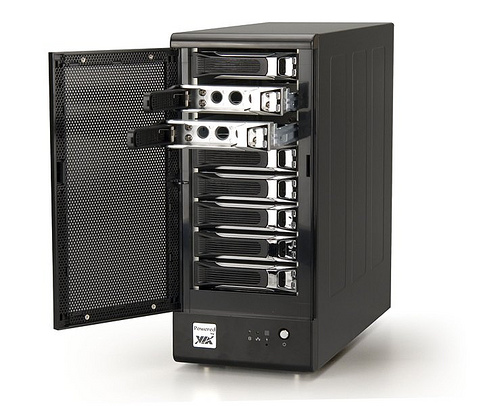Main menu
You are here
Network Attached Storage NAS and Other Nightmares
Network Attached Storage NAS and Other Nightmares

Network Attached Storage (NAS) devices have been a boon for storage technology. What a great windfall for the industry. Grab yourself an Open Source operating system, stick it on a prom, get yourself an inexpensive motherboard, some hard drives and presto chango, abbrakadabbra you got yourself a $1000.00 4 terabyte storage device that will mount on the network using a gigabyte transfer rate. NAS
is cheap, fast, and easy to setup. However, if you have trouble with a drive, the file system, or the hardware in general, all of your valued data that is stored on your NAS device can be an agonizing nightmare to recover. Unless you call the right company, and they have the right technicians your valued data is probably lost forever and here is why.
NAS devices come with a very nice web like interface. It allows you to configure your NAS device, set permissions, add users, setup stores, so on and so forth. The interface keeps track of the health of your device and has a nice log file that you can print out and look at. However, the underpinnings of a NAS device are meant for the Linux, and BSD gurus of the world who are familiar with terms like LDM, RAIDED LDM, XFS, XFSCK, and many others that would bake your skull. With that being said if your NAS device hiccups there is no real way to get to the device other than the web interface. On some devices there is an RS-232 port on the back of the device that allows you access to a Linux or BSD prompt by terminaling in. I’m not sure what good that will do you considering the file system is probably hosed to the point where it will not mount, or the RAID is degraded so badly that it will take five men and a small boy to try and get it back online. In other words, as long as nothing goes wrong, the device is a dream. BUT! The minute something happens you have no control over your data, and in this industry, it is not ‘IF’ you have a crash, its ‘WHEN’.
source: dtidata - Network Attached Storage NAS and Other Nightmares

